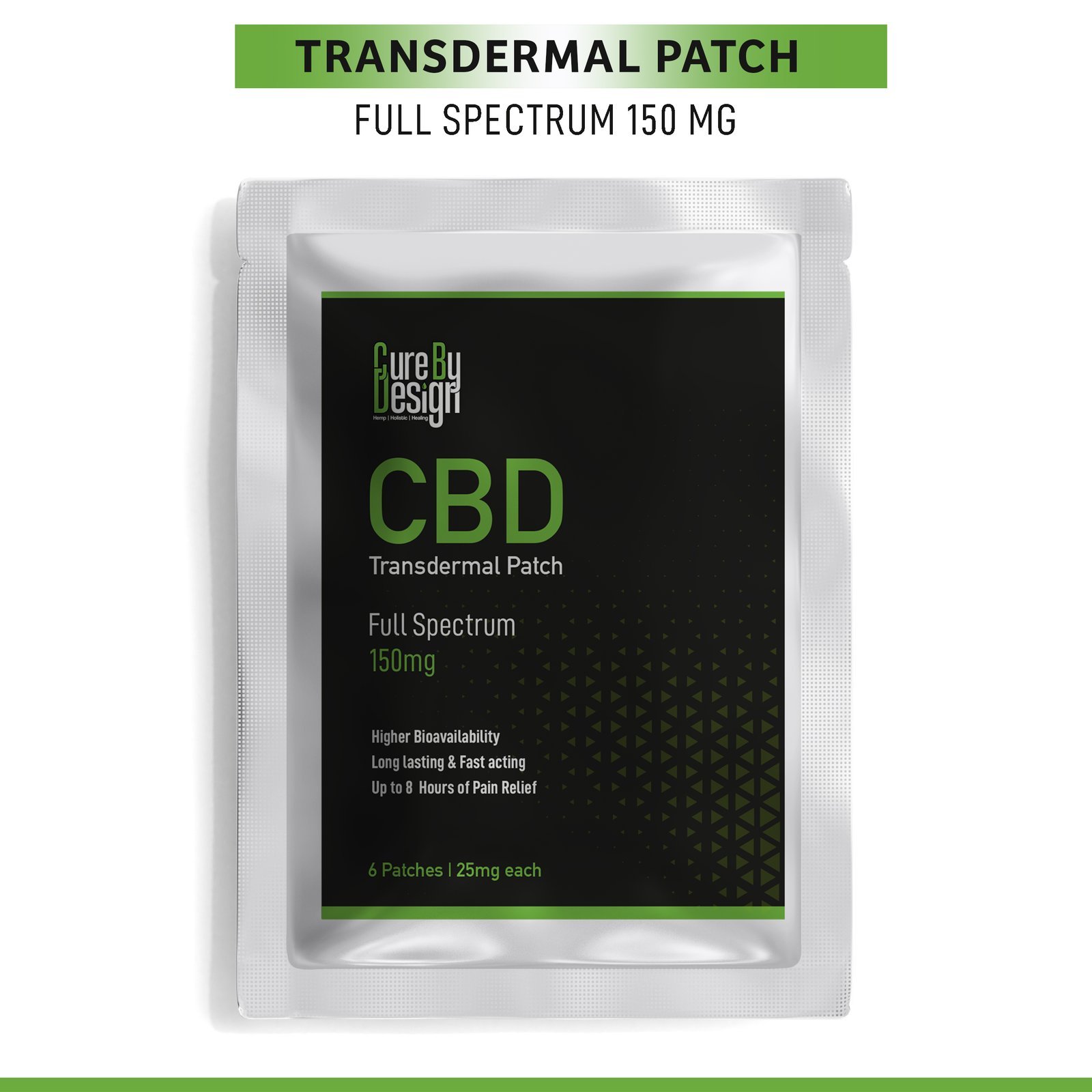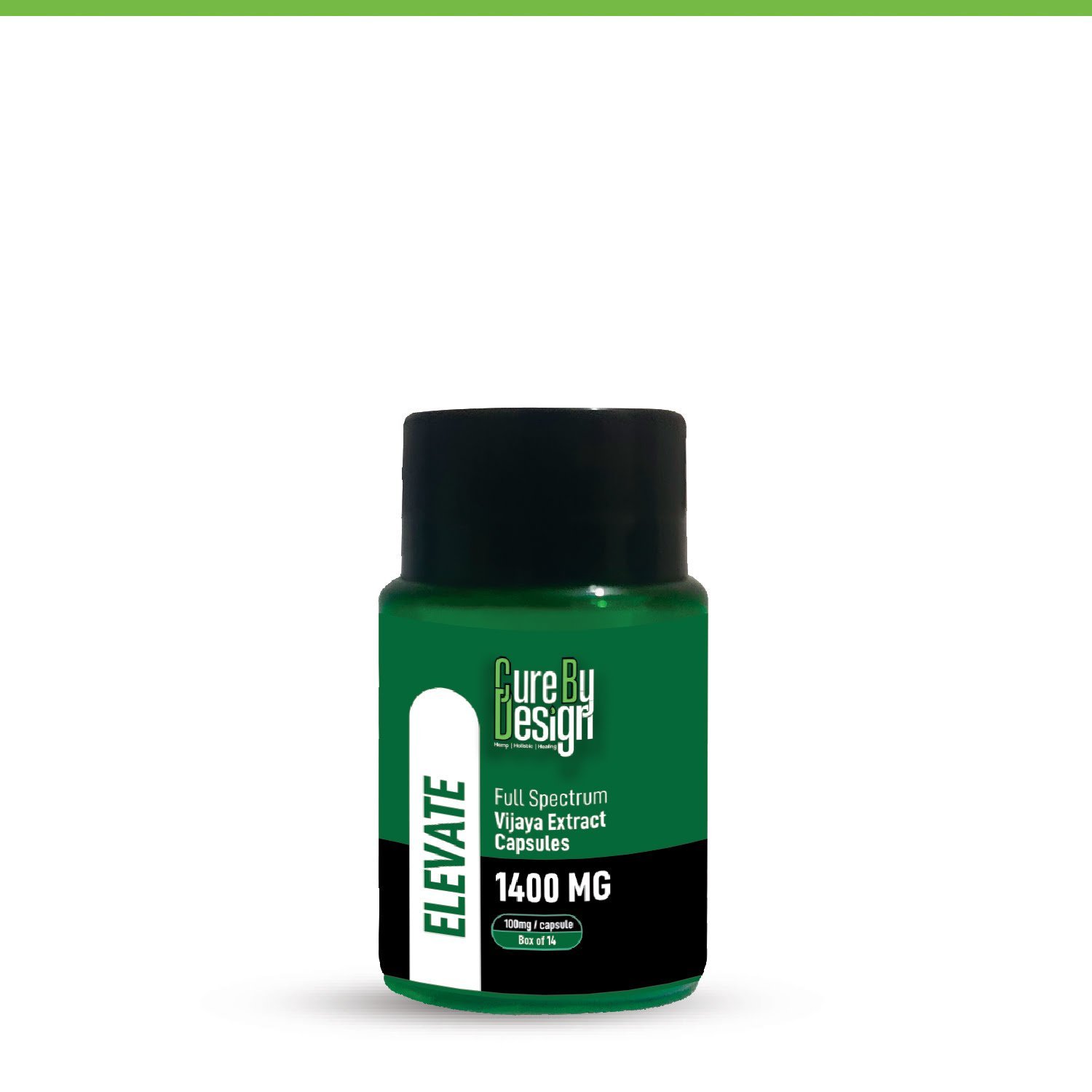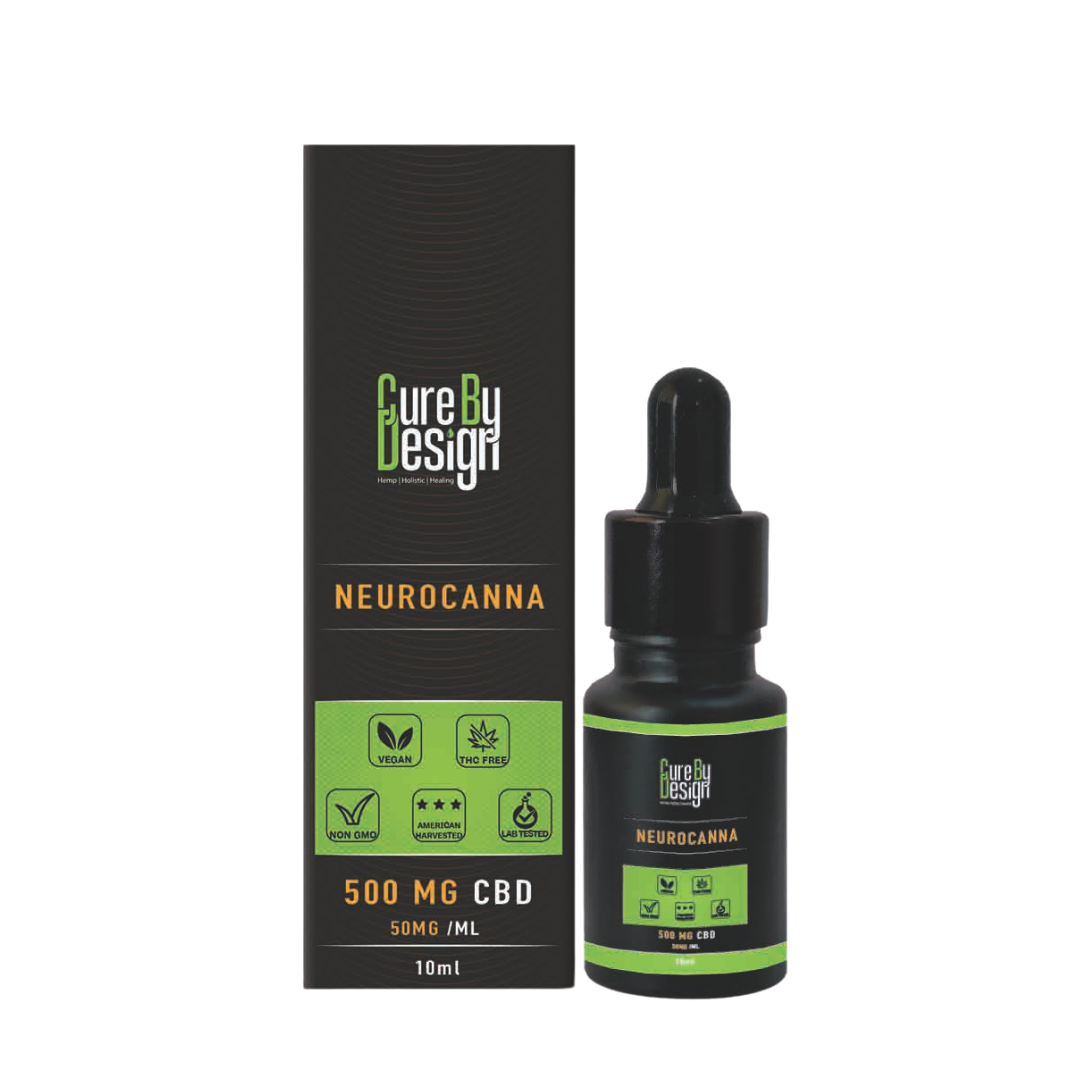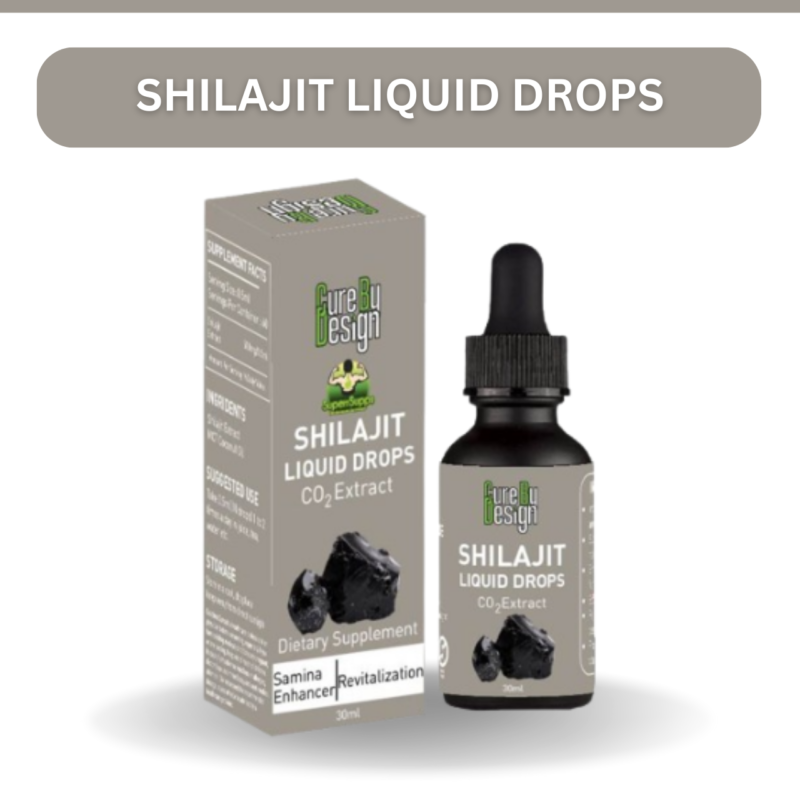CBD oil for Epilepsy
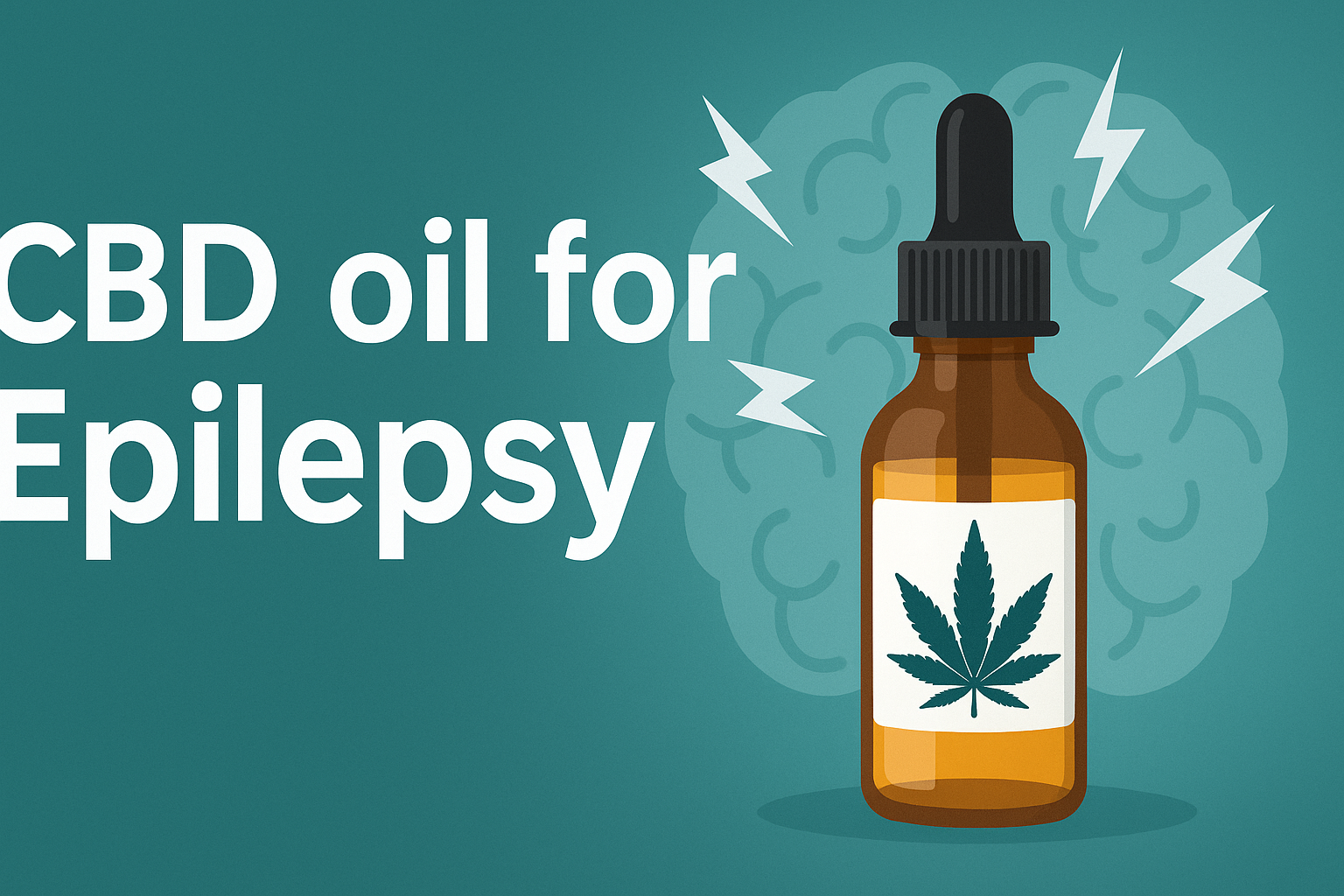
Epilepsy is a neurological disorder causing recurrent seizures, affecting both children and adults. In many cases, traditional anti-epileptic drugs fail to control seizures, especially in drug-refractory epilepsy (DRE). Recent research focuses on cannabidiol (CBD), a non-psychoactive compound from cannabis, which shows promise as an alternative treatment. FDA-approved Epidiolex is prescribed for severe epilepsy syndromes like Lennox-Gastaut and Dravet syndrome. Studies demonstrate that CBD can significantly reduce seizure frequency, sometimes up to 50% or more. Though generally well tolerated, mild side effects such as sleepiness and diarrhea may occur. Ongoing trials aim to expand understanding of CBD’s safety and effectiveness in broader epilepsy types.
Table of Contents
- Understanding Epilepsy and Treatment-Resistant Cases
- What Is CBD and Its Legal Status for Epilepsy
- How Effective Is CBD Oil in Reducing Seizures
- How CBD Works in the Brain to Control Seizures
- Common Side Effects and Safety Concerns of CBD
- Proper Dosage and How to Take CBD Oil
- Important Clinical Trials on CBD for Epilepsy
- Impact of CBD Oil on Patients’ Quality of Life
- Current Research Gaps and Future Study Directions
- Summary of CBD Oil Use in Epilepsy Treatment
- Frequently Asked Questions
Understanding Epilepsy and Treatment-Resistant Cases

Epilepsy is a neurological disorder marked by recurring seizures caused by abnormal electrical activity in the brain. It affects both children and adults, with seizure types and severity varying widely among individuals. A significant challenge arises with treatment-resistant epilepsy, also known as drug-refractory epilepsy, where seizures do not respond well to standard anti-epileptic medications. This form of epilepsy is seen in about 7 to 20 percent of pediatric cases and affects a notable percentage of adults as well. Treatment resistance often leads to more frequent seizures, a reduced quality of life, and an increased risk of injury or sudden unexpected death in epilepsy (SUDEP). Common epilepsy syndromes like Dravet and Lennox-Gastaut frequently show resistance to conventional drugs, requiring patients to undergo polytherapy, which raises the risk of side effects. Uncontrolled seizures also place a heavy burden on caregivers and healthcare systems. Understanding the complexities of treatment resistance is crucial for developing new treatment options, such as cannabidiol (CBD), which is being explored as an alternative for those who do not benefit from traditional therapies.
What Is CBD and Its Legal Status for Epilepsy
CBD, or cannabidiol, is a natural chemical compound extracted from the Cannabis sativa plant. Unlike THC, another well-known cannabis compound, CBD does not cause any psychoactive effects, meaning it does not produce a high or feelings of euphoria. This distinction is important because CBD has no known potential for abuse or addiction. The U.S. Food and Drug Administration (FDA) has approved a purified, pharmaceutical-grade form of CBD called Epidiolex specifically for treating three rare and severe epilepsy syndromes: Lennox-Gastaut, Dravet, and tuberous sclerosis complex. Epidiolex is available only by prescription and is not classified as a controlled substance, reflecting its safety profile and lack of psychoactive effects. While CBD’s legal status can vary worldwide, in the United States, FDA approval allows physicians to prescribe Epidiolex for these particular epilepsy cases. Outside of this, many non-pharmaceutical CBD products exist and are widely accessible, but these often lack standardized dosing and consistent quality control, which can pose challenges for patients seeking reliable treatment. It’s also important to note that CBD products differ from medical marijuana, which typically contains THC and is subject to different legal restrictions. Insurance coverage for Epidiolex is available but varies depending on the provider and region, sometimes requiring prior authorization. Regulatory agencies continue to assess the safety and effectiveness of CBD as a treatment for epilepsy and other conditions. Patients interested in CBD for epilepsy should have detailed discussions with their healthcare providers to understand the legal options and the safest, most appropriate ways to use CBD in their treatment plan.
How Effective Is CBD Oil in Reducing Seizures

Clinical trials consistently show that CBD oil can reduce seizure frequency by about 50% or more in many patients with treatment-resistant epilepsy, especially in pediatric cases of Dravet syndrome and Lennox-Gastaut syndrome. While complete seizure freedom is less common, some patients do achieve it, highlighting CBD’s potential as a strong option for those who have not responded well to traditional anti-epileptic drugs. CBD works effectively both as a standalone treatment and as an add-on therapy, particularly alongside clobazam, which appears to enhance its seizure-reducing effects. Studies report notable reductions in specific seizure types like drop seizures and generalized seizures, which often cause the most disability. Real-world data supports these benefits over long periods, with some patients maintaining seizure control for nearly three years. Although most evidence comes from pediatric and young adult populations, CBD has also shown promise in adults, though more research is needed to confirm its broader efficacy. Importantly, improved seizure control with CBD often leads to fewer emergency room visits and hospitalizations, easing the burden on patients and caregivers. Response to CBD varies, so individualized treatment and close monitoring remain essential. Ongoing studies aim to further clarify how well CBD works for adult epilepsy and other seizure types beyond the most studied syndromes.
How CBD Works in the Brain to Control Seizures

CBD interacts with the brain’s endocannabinoid system, a complex network that helps regulate nerve cell activity and inflammation, both of which are key factors in seizure development. Unlike THC, CBD does not bind directly to the main cannabinoid receptors CB1 or CB2 with high affinity. Instead, it subtly modulates their activity, creating a balancing effect on neuronal excitability. One important way CBD helps control seizures is through its anti-inflammatory properties, which reduce brain inflammation that can increase seizure susceptibility. Additionally, CBD offers neuroprotection by acting as an antioxidant, helping to shield neurons from damage and lowering excitotoxicity, a process where excessive nerve signaling leads to seizures. It also influences ion channels and neurotransmitter systems, stabilizing the electrical signals in the brain to prevent the abnormal firing that causes seizures. By inhibiting enzymes that normally break down endocannabinoids, CBD prolongs their calming effects on nerve cells. Furthermore, CBD reduces the release of excitatory neurotransmitters and modulates intracellular calcium levels, both critical for controlling neuronal firing patterns. Together, these multiple pathways allow CBD to provide both immediate seizure suppression and longer-term protection for brain cells. Research is ongoing to better understand these mechanisms, which could lead to improved therapies and new drugs tailored for epilepsy treatment.
Common Side Effects and Safety Concerns of CBD

CBD is generally well tolerated in people with epilepsy, though it can cause mild to moderate side effects that usually improve with dose adjustments. The most common side effects include sleepiness, sedation, fatigue, diarrhea, and loss of appetite. Some individuals may experience mood changes such as irritability, and in rare cases, suicidal thoughts have been reported. Less frequently, skin rashes and insomnia have been observed during clinical use. Although uncommon, CBD can paradoxically increase seizure frequency in some patients, making close observation essential when starting therapy. Elevated liver enzymes have been noted, especially at higher doses or when combined with other medications, so regular liver function tests are recommended. CBD interacts with drugs metabolized by liver enzymes, notably clobazam, which can increase sedation and other side effects, requiring careful monitoring. Patients are advised to avoid alcohol and other central nervous system depressants while using CBD due to additive sedative effects. Until individuals understand how CBD affects them, driving or operating heavy machinery is discouraged. Overall, ongoing supervision by healthcare providers helps manage side effects and ensures safe dose adjustments.
| Side Effect | Frequency | Description/Notes |
|---|---|---|
| Sleepiness / Sedation | Common | Mild to moderate, reversible with dose adjustment |
| Fatigue | Common | Often occurs alongside sedation |
| Diarrhea | Common | Usually mild and transient |
| Loss of Appetite (Anorexia) | Common | May affect nutritional status if persistent |
| Mood Changes | Occasional | Includes irritability; rare reports of suicidal thoughts |
| Skin Rashes | Infrequent | Reported in some clinical cases |
| Insomnia | Infrequent | May affect some patients |
| Paradoxical Seizure Increase | Rare | Requires close monitoring early in treatment |
| Elevated Liver Enzymes | Uncommon | Especially at higher doses or with other meds; needs liver function tests |
| Drug Interactions (e.g., with Clobazam) | Significant | Can increase sedation and side effects; clinical vigilance needed |
Proper Dosage and How to Take CBD Oil
CBD oil for epilepsy is typically taken orally as an oil solution, usually twice daily to maintain steady levels in the body. Starting doses generally range from 2.5 to 10 mg per kilogram of body weight, divided into two doses per day. Because CBD has a half-life of about 3 to 5 hours, this twice-daily schedule helps keep consistent blood concentrations. Taking CBD with food is recommended as it improves absorption and can reduce gastrointestinal side effects like nausea or diarrhea. Dose adjustments are often made gradually, based on how well seizures are controlled and how well the patient tolerates any side effects. Patients with liver problems may need lower doses and closer monitoring due to altered metabolism. When stopping CBD treatment, a slow tapering process is advised to lower the risk of seizure recurrence. Consistency is key: taking the oil at the same times each day and following prescribed amounts improves treatment outcomes. Patients should also be educated on proper storage, keeping the oil in a cool, dark place to preserve its potency. Regular check-ins with a healthcare provider are essential to track effectiveness, adjust dosing, and monitor safety throughout the treatment.
- CBD is administered orally as an oil solution, usually taken twice daily.
- Typical starting doses range from 2.5 to 10 mg per kilogram of body weight, given twice a day.
- Taking CBD with food improves absorption and helps reduce gastrointestinal side effects.
- The half-life of CBD ranges from 3 to 5 hours, justifying twice-daily dosing for steady levels.
- Dose may be gradually increased based on seizure control and side effect tolerance.
- Patients with liver impairment require dose adjustments and closer monitoring.
- When discontinuing CBD, gradual tapering is advised to minimize seizure risk.
- Consistency in dosing times and adherence to prescribed amounts optimize treatment outcomes.
- Patients should be instructed on proper storage and handling of the oil formulation.
- Regular follow-up with the healthcare provider is necessary to assess effectiveness and safety.
Important Clinical Trials on CBD for Epilepsy
Several randomized, placebo-controlled clinical trials have been key in demonstrating the effectiveness of CBD in reducing seizures, especially in pediatric patients with Dravet and Lennox-Gastaut syndromes. These studies showed significant seizure reduction compared to placebo, which directly led to the FDA approval of Epidiolex, the first pharmaceutical-grade CBD medication. While most high-quality evidence comes from pediatric populations, adult studies are beginning to emerge, focusing primarily on drug-resistant focal epilepsy. Phase 1 and 2 trials have explored doses up to 40 mg/kg/day, confirming that seizure control improves with higher dosing while maintaining tolerability. Long-term extension studies indicate that the benefits of CBD, including seizure reduction and safety, are sustained over several years, supporting its chronic use. These trials typically rely on seizure diaries and quality of life assessments to measure outcomes, providing a comprehensive view of patient experience beyond seizure counts. International efforts, including NHS-led studies set to start soon, aim to expand the evidence base for adult epilepsy patients. Some trials also investigate CBD combined with other anti-epileptic drugs, such as clobazam, to assess potential synergistic effects. Safety monitoring remains a critical part of these studies, with regular liver function tests and adverse event reporting to ensure patient well-being. The growing collection of clinical trial data has played a major role in shaping clinical guidelines and influencing insurance coverage decisions, making CBD a more accessible option for patients with difficult-to-treat epilepsy.
Impact of CBD Oil on Patients’ Quality of Life
CBD therapy has shown to significantly improve the quality of life for many epilepsy patients by reducing seizure frequency, which often leads to better cognitive function and mood stabilization. Caregivers frequently report that patients experience enhanced daily functioning and a lighter care burden following CBD treatment. This improvement also translates into fewer hospitalizations and emergency visits, which contributes to an overall sense of well-being for both patients and their families. Although mild side effects such as sleepiness or appetite changes can occur, these are generally outweighed by the benefits of seizure control. Many patients and caregivers note better sleep quality and reduced unpredictability in seizures, which in turn lowers anxiety levels and stress for the whole family. Social engagement tends to increase, with patients attending school or work more consistently and participating more actively in community life. Patient feedback often highlights growing independence and confidence, helping support continued adherence to CBD therapy. Psychosocial benefits extend beyond the individual, improving family dynamics and reducing overall stress. Ongoing medical monitoring remains important to sustain these gains and address any new concerns as treatment progresses.
Current Research Gaps and Future Study Directions
While CBD oil has shown promise in treating certain types of epilepsy, significant research gaps remain that need to be addressed. Long-term safety data beyond a few years of continuous use is still limited, making it important to monitor patients over extended periods to understand potential risks. Most clinical trials have focused on pediatric genetic epilepsy syndromes like Dravet and Lennox-Gastaut, so more studies are needed to evaluate CBD’s effectiveness in adult epilepsy types, especially those not driven by known genetic causes. Optimal dosing strategies, including how to best titrate doses and combine CBD with other anti-epileptic drugs, remain unclear and require further investigation to maximize benefit while minimizing side effects. Understanding the molecular mechanisms behind CBD’s anti-seizure effects could open doors for targeted therapies and personalized medicine approaches in epilepsy care. Additionally, more research on drug interactions and pharmacokinetics will help ensure safer co-administration with other medications, which is crucial given CBD’s impact on liver enzymes and metabolite levels. Regulatory approvals for broader epilepsy indications depend heavily on accumulating robust clinical evidence from diverse patient populations. Improved access to CBD treatments and insurance coverage will also hinge on demonstrating clear cost-effectiveness through real-world data. Refining patient selection criteria is another important area for future studies, as identifying which patients are most likely to respond could enhance outcomes and reduce unnecessary exposure. The development of biomarkers to predict responders and monitor treatment effects would greatly assist clinicians in tailoring therapy. Finally, expanding real-world observational studies will complement clinical trials by providing insights into long-term safety, adherence, and quality of life, guiding practical use of CBD oil in epilepsy management.
Summary of CBD Oil Use in Epilepsy Treatment

CBD oil is an FDA-approved option for treating specific drug-resistant epilepsy syndromes, mainly in children and young adults. It has shown notable effectiveness in reducing seizure frequency, often by about 50% or more, and is generally better tolerated than many traditional anti-epileptic drugs. Because CBD is non-psychoactive, it does not cause the high associated with cannabis, making it a safer alternative for long-term use. It can be used alone or alongside other medications, especially clobazam, where it may enhance benefits but also requires careful monitoring due to possible drug interactions. Proper dosing and patient education are critical to ensure safety, as side effects like sleepiness, diarrhea, or changes in appetite are manageable but require attention. Liver function monitoring is important, especially during dose changes. While the strongest evidence exists for pediatric use, ongoing research is expanding understanding of CBD’s role in adult epilepsy and its long-term impact. Clinical trials and real-world studies support sustained seizure control and improved quality of life for many patients. Overall, CBD oil provides an important alternative for those who do not respond well to conventional treatments, with healthcare providers needing to balance benefits against potential risks as part of a comprehensive epilepsy management plan.
Frequently Asked Questions
1. How does CBD oil work to help reduce seizures in epilepsy patients?
CBD oil interacts with the body’s endocannabinoid system, which plays a role in regulating nervous system activity. This interaction can help calm overactive nerve signals, potentially reducing the frequency and severity of seizures in some epilepsy patients.
2. Are there specific types of epilepsy that respond better to CBD oil treatment?
CBD oil tends to be more effective for treatment-resistant forms of epilepsy, such as Dravet syndrome and Lennox-Gastaut syndrome. These types often don’t respond well to traditional medications, so CBD has become an alternative option for managing seizures.
3. Can CBD oil cause any side effects when used for epilepsy?
Yes, CBD oil can cause side effects like drowsiness, fatigue, changes in appetite, and diarrhea. It might also interact with other medications, so it’s important to consult a healthcare provider before starting CBD oil for epilepsy treatment.
4. How long does it usually take to see improvements in seizures after starting CBD oil?
The time frame varies by individual, but some patients may notice changes within a few weeks, while for others it may take a couple of months. Consistent dosing and medical supervision are key to monitoring effectiveness and adjusting treatment if needed.
5. Is CBD oil safe to use for children with epilepsy?
CBD oil has been approved in some cases for children with certain types of epilepsy, but its safety depends on the product quality and medical supervision. Parents should only use CBD oil under strict guidance from a doctor to ensure proper dosing and safety.



